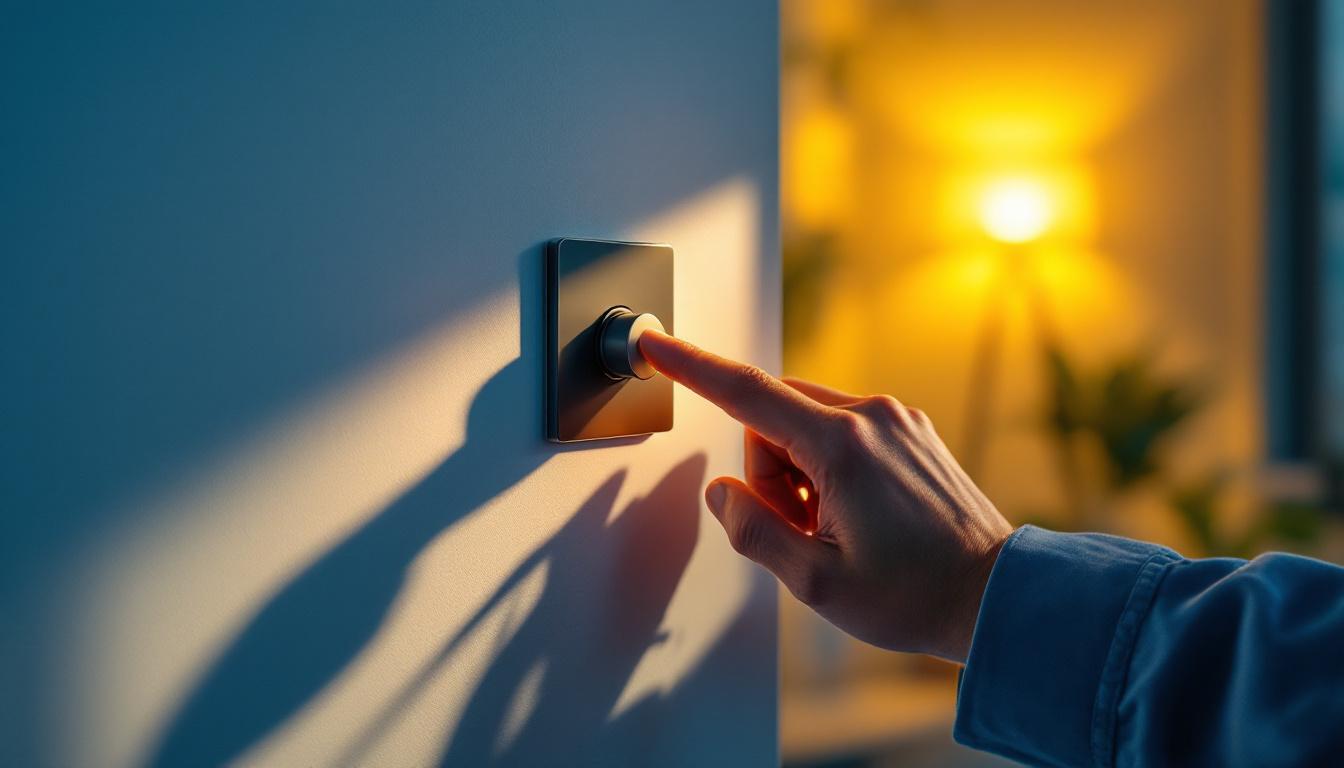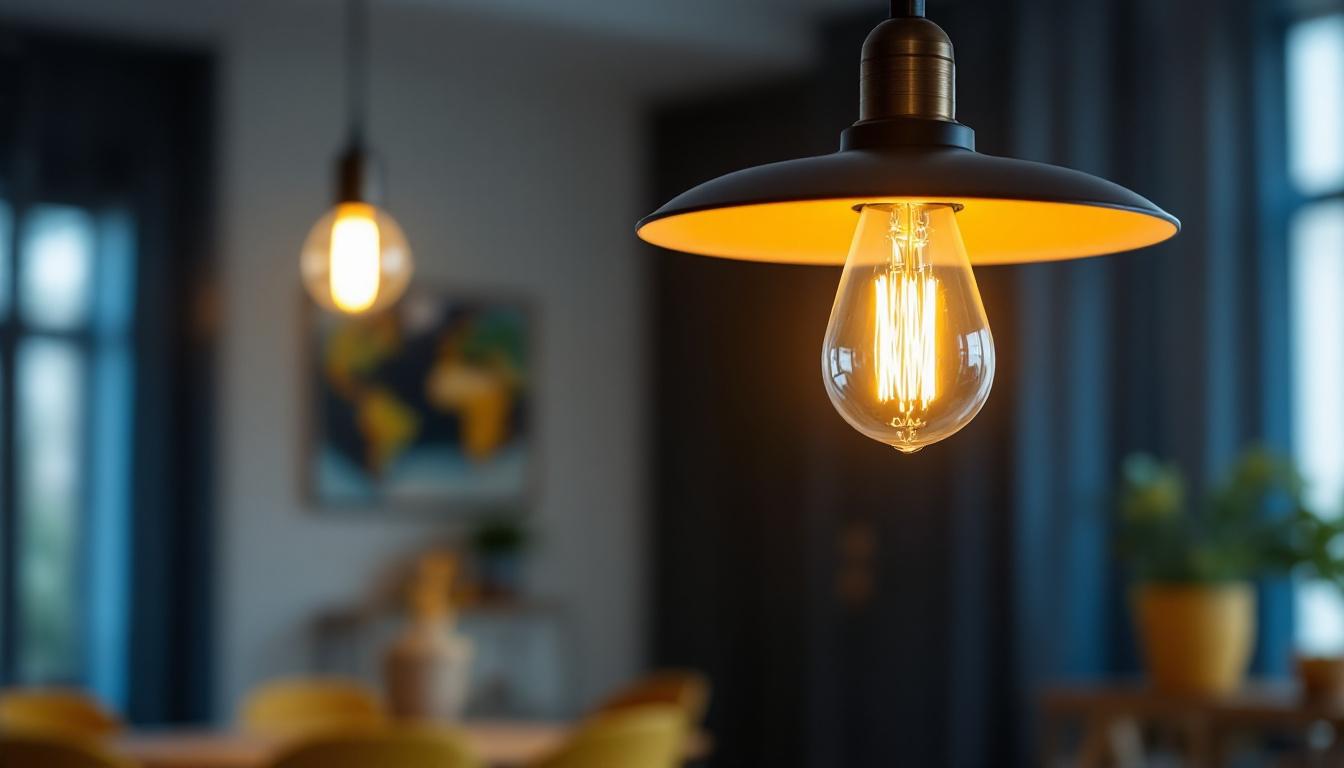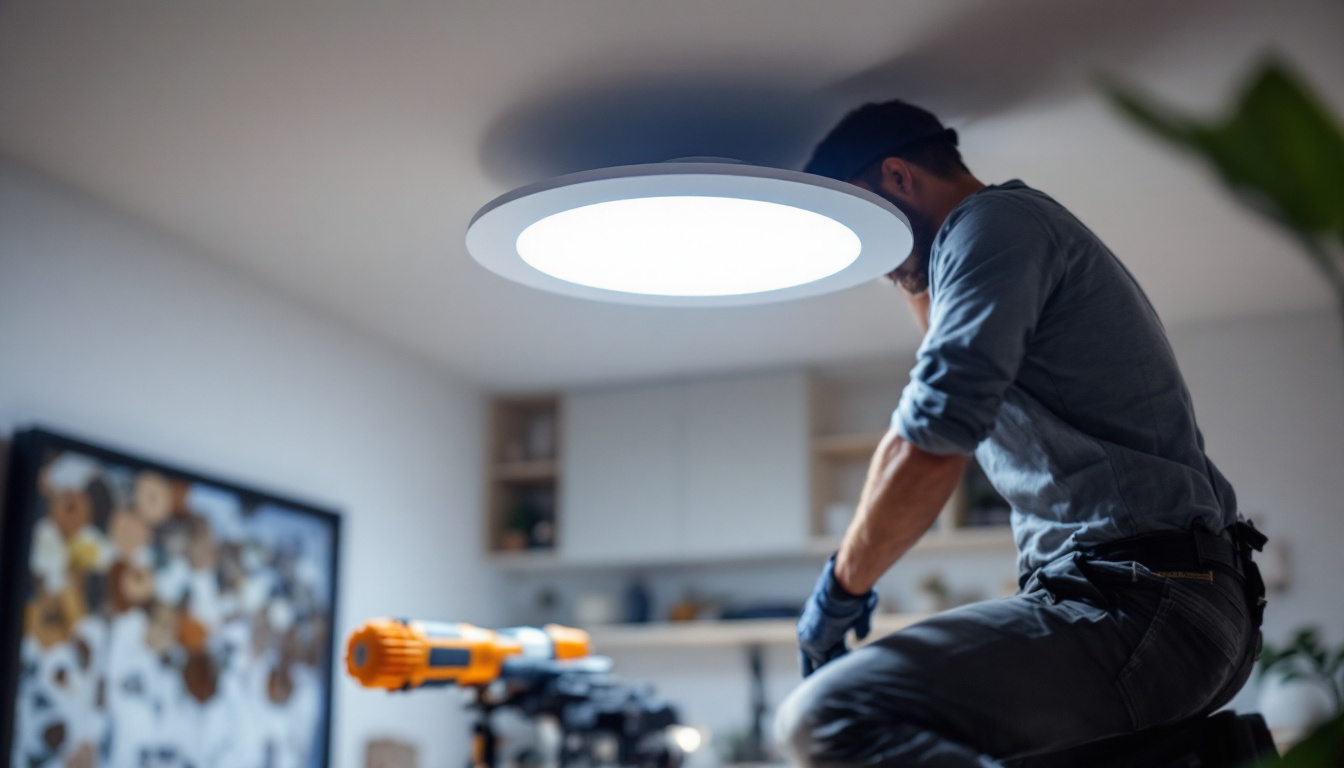
In the world of lighting, the transition from traditional fluorescent fixtures to LED technology has revolutionized the industry. However, one of the critical steps in this transition is understanding the role of ballasts and the necessity of bypassing them when retrofitting to LED. Ballasts are devices that regulate the current to the lamps and provide the necessary voltage to start the lamps. While they serve a vital function in fluorescent systems, they can hinder the performance of LED lights.
Bypassing the ballast not only enhances the efficiency of LED fixtures but also prolongs their lifespan. This process involves removing the ballast from the circuit and directly connecting the LED driver to the lamp holder. For lighting contractors, it is essential to grasp this concept thoroughly, as it directly impacts the quality of the installations and the satisfaction of the clients.
Bypassing ballasts when converting to LED lighting offers several advantages. First and foremost, it significantly improves energy efficiency. LED lights consume less power than their fluorescent counterparts, and eliminating the ballast reduces the overall energy load on the circuit.
Additionally, bypassing ballasts can lead to better light quality. Many LED products are designed to operate without a ballast, allowing for more consistent light output and color temperature. This consistency is crucial for applications where accurate color rendering is necessary, such as in retail and art galleries.
Furthermore, the financial implications of bypassing ballasts can be substantial. With lower energy consumption, businesses can see a marked decrease in their utility bills, leading to significant savings over time. Additionally, the reduced maintenance costs associated with longer-lasting LED fixtures mean that companies can allocate their resources more effectively, investing in other areas of their operations rather than frequent lighting replacements.
While the benefits are clear, lighting contractors may encounter several challenges when bypassing ballasts. One of the most significant hurdles is ensuring that the existing wiring is compatible with the new LED fixtures. It is crucial to assess the wiring conditions and make any necessary adjustments to avoid safety hazards.
Moreover, contractors must be aware of the local electrical codes and regulations governing the installation of LED lighting. Each jurisdiction may have different requirements, and failing to comply can lead to costly fines and rework.
Another challenge lies in the varying quality of LED products available on the market. Not all LEDs are created equal, and selecting the right fixtures that are designed for ballast bypass is essential. Contractors must conduct thorough research and possibly consult manufacturers to ensure that they are providing clients with reliable and efficient lighting solutions. This diligence not only enhances the performance of the installation but also builds trust with clients, who rely on the expertise of their contractors to guide them through the transition to LED technology.
To successfully implement ballast bypassing in your projects, it is essential to train your team effectively. A well-informed team can execute the installation process efficiently, ensuring high-quality results and customer satisfaction.
Training should encompass both theoretical knowledge and practical skills. This dual approach will prepare your team to handle various scenarios they may encounter in the field.
Creating a structured training curriculum is the first step in equipping your team with the necessary skills. The curriculum should cover the fundamentals of LED technology, the function of ballasts, and the reasons for bypassing them. Additionally, it should include hands-on training sessions where team members can practice the bypassing process on actual fixtures.
Incorporating visual aids, such as diagrams and videos, can enhance understanding. Furthermore, consider including case studies that illustrate successful ballast bypass projects, highlighting common pitfalls and best practices. These real-world examples can serve as valuable learning tools, allowing team members to see the practical implications of their training and understand the impact of their work on overall project success.
Hands-on training is crucial for reinforcing theoretical knowledge. Organize workshops where team members can work together to bypass ballasts in a controlled environment. This practice will help them become familiar with the tools and techniques required for the job.
During these sessions, encourage team members to ask questions and share their experiences. This collaborative approach fosters a learning culture and can lead to innovative solutions to common challenges. Additionally, consider incorporating role-playing scenarios where team members can simulate customer interactions and troubleshooting situations. This will not only enhance their technical skills but also improve their communication and problem-solving abilities, which are essential when working in the field.
Moreover, it may be beneficial to invite industry experts or seasoned professionals to conduct guest lectures or workshops. Their insights and experiences can provide your team with a broader perspective on ballast bypassing and its applications. Engaging with experts can also motivate your team, as they will have the opportunity to learn from the best practices and lessons learned in the industry.
Safety should always be a top priority when working with electrical systems. Bypassing ballasts involves working with live wires, which can pose significant risks if not handled correctly. Proper training in safety protocols is essential to ensure that your team operates safely and efficiently.
Before starting any project, ensure that all team members are familiar with the safety guidelines specific to electrical work. This includes wearing appropriate personal protective equipment (PPE) and understanding how to safely de-energize circuits before beginning work.
Providing the right PPE is a fundamental aspect of ensuring safety on the job. Team members should wear insulated gloves, safety glasses, and hard hats to protect against electrical hazards and falling objects. Additionally, non-slip footwear can help prevent accidents in potentially hazardous environments.
Encourage your team to regularly inspect their PPE for wear and tear, ensuring that they are always equipped with functional safety gear. This proactive approach can significantly reduce the risk of accidents on the job site.
Establishing clear electrical safety protocols is vital for any lighting contractor. Team members should be trained to follow a systematic approach to de-energizing circuits before beginning work. This process typically involves turning off the power at the circuit breaker and using a voltage tester to confirm that the circuit is de-energized.
Additionally, it is essential to have a clear communication plan in place. Team members should be encouraged to communicate any concerns or observations regarding safety. This open dialogue can help identify potential hazards before they become serious issues.
Equipping your team with the right tools and equipment is crucial for successful ballast bypassing. The right tools not only facilitate the process but also enhance safety and efficiency. Understanding the necessary tools and how to use them effectively is an integral part of training.
Common tools required for ballast bypassing include wire strippers, screwdrivers, and multimeters. Each tool serves a specific purpose, and familiarity with their use can streamline the installation process.
Wire strippers are essential for removing insulation from wires, allowing for secure connections. It is important to train team members on how to use wire strippers correctly to avoid damaging the wire itself.
Screwdrivers are necessary for removing fixtures and securing connections. Ensure that your team is equipped with a variety of screwdriver types and sizes to accommodate different fixtures.
Multimeters are crucial for testing voltage and ensuring that circuits are de-energized before work begins. Training team members on how to use a multimeter effectively can enhance safety and prevent accidents.
Regular maintenance of tools and equipment is vital for ensuring their longevity and effectiveness. Implement a routine maintenance schedule that includes cleaning, inspecting, and calibrating tools as needed. This proactive approach can prevent tool failure during critical projects.
Encourage team members to report any damaged or malfunctioning tools immediately. Addressing these issues promptly can prevent delays and ensure that your team is always ready for the next project.
Effective communication with clients is essential for any lighting contractor. When bypassing ballasts, it is important to educate clients about the benefits of this process and how it will enhance their lighting systems. Clear communication can build trust and ensure that clients are satisfied with the results.
During initial consultations, take the time to explain the reasons for bypassing ballasts and how it will improve energy efficiency and light quality. Providing clients with detailed information can help them make informed decisions about their lighting needs.
When presenting proposals to clients, include detailed explanations of the ballast bypass process. Outline the steps involved, the expected outcomes, and any potential challenges. This transparency can help clients feel more confident in your expertise and the proposed solutions.
Additionally, consider providing visual aids, such as diagrams or before-and-after photos, to illustrate the benefits of bypassing ballasts. These tools can help clients visualize the improvements and reinforce the value of your services.
After completing a ballast bypass project, follow up with clients to gather feedback on their experience. This follow-up can provide valuable insights into areas for improvement and help strengthen client relationships.
Encourage clients to share their thoughts on the lighting performance and any changes they have noticed since the installation. This feedback can be instrumental in refining your processes and ensuring continued customer satisfaction.
Bypassing ballasts for LED lighting is a critical skill for lighting contractors. Understanding the importance of this process, training your team effectively, and prioritizing safety are essential components of successful installations. By equipping your team with the right knowledge and tools, you can enhance the quality of your work and ensure customer satisfaction.
As the lighting industry continues to evolve, staying informed about best practices and emerging technologies will be crucial. Embrace the opportunity to train your team in ballast bypass techniques, and watch as your business flourishes in this dynamic market.
Ready to take your lighting projects to the next level? LumenWholesale is your go-to source for spec-grade lighting products that combine quality with unbeatable wholesale value. Say goodbye to local distributor markups and hello to our extensive selection that meets the highest industry standards. With free shipping on bulk orders, you’ll get the best lighting solutions at the best prices, without any hidden fees. Elevate your installations with the efficiency and performance of our products. Wholesale Lighting at the Best Value is just a click away. Make the smart choice for your business and experience the LumenWholesale difference today.

Discover why every lighting contractor should stay updated on dimmer slider technology.

Explore the transformative journey of brackets for light fixtures in the lighting industry.

Discover essential insights into the 6 LED recessed lighting retrofit conversion kit, tailored specifically for lighting contractors.

Discover how indoor garage lighting choices can significantly impact the profitability of lighting contractors.